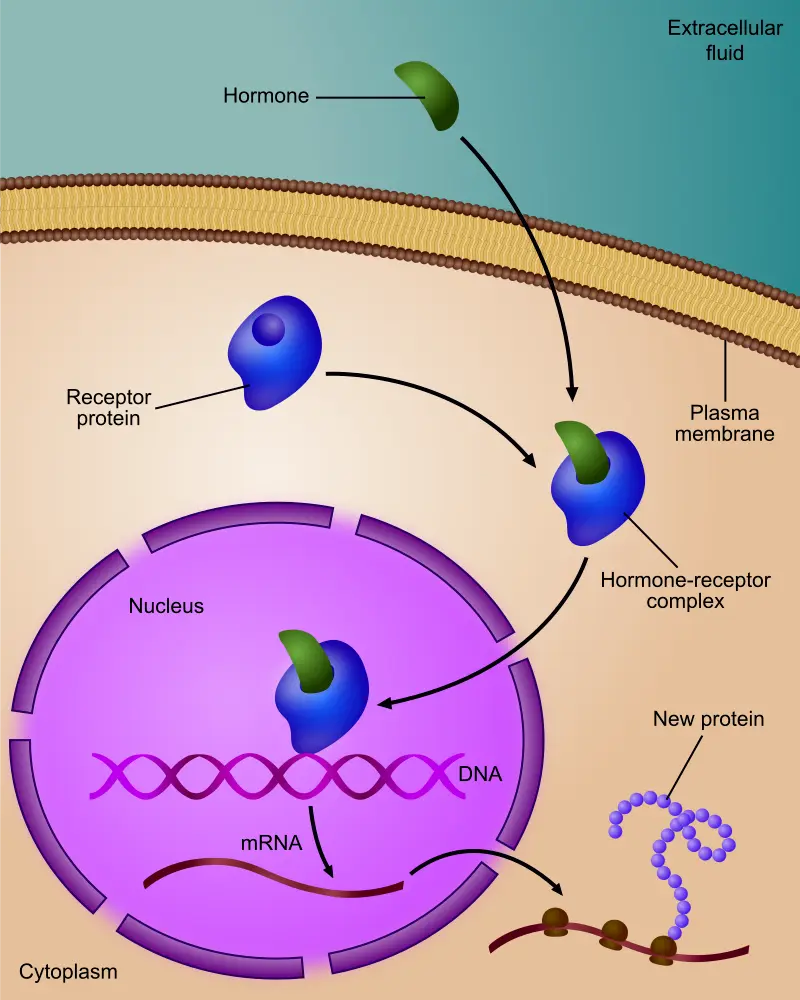For decades, scientists believed that the most important parts of the genome were the genes that encode proteins the so-called “coding” DNA. But today, we know that the real control system of life lies mostly in the non-coding regions the vast stretches of DNA that don’t code for proteins but determine when, where, and how genes are expressed.
Welcome to the world of regulatory DNA, a critical frontier in modern genomics.
In the human genome, less than 2% of the DNA sequence encodes proteins. The remaining 98% is non-coding and for a long time, it was dismissed as “junk DNA.”
But this “junk” turned out to be anything but useless. Non-coding regions contain:
- Promoters
- Enhancers
- Silencers
- Insulators
- Non-coding RNAs
- And especially, cis-regulatory elements (CREs)
These elements form the complex regulatory network that controls gene activity, orchestrates development, and responds to environmental signals.
Controls gene expression
Regulatory sequences act like switches, turning genes on or off in specific cells, at precise times.
Defines cell identity
Every cell has the same DNA it’s regulatory elements that determine whether a cell becomes a neuron, a muscle, or a liver cell.
Linked to disease
Many disease-associated mutations are not in genes but in non-coding regulatory regions. Disrupting a motif can misregulate a gene, leading to cancer, autoimmune diseases, or developmental disorders.
Enables targeted therapies
Understanding regulatory elements allows researchers to design CRISPR strategies, gene therapies, and precision diagnostics based on expression control, not just genetic code.
